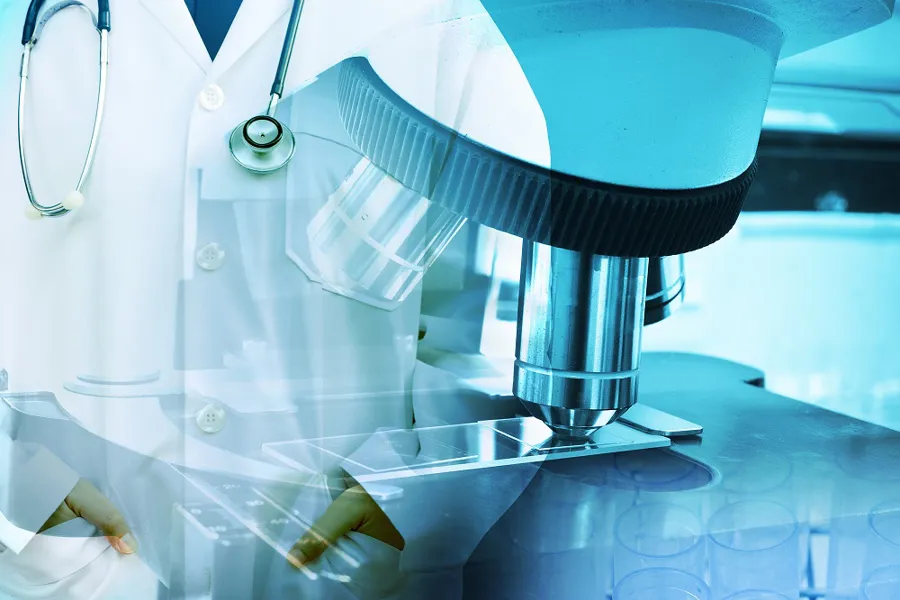RESEARCH DEPARTMENT - Stavanger University Hospital
Biobanks
A research biobank is a crucial part of research. The Biobank Unit is responsible for facilitating a robust infrastructure for biobank collection.
Research biobanks always fall under the Health Research Act, and in a few cases also the Biotechnology Act with regulations. These laws establish the rights and obligations of being a patient (project participant) who provides material to a biobank, and the researcher or institution responsible for the material.
Biological material
Biological material is anything that can be extracted from the body in the form of a sample, such as blood, urine and pieces of tissue. If a collection of such material is stored for later analysis in a research project, it forms a research biobank. These biobanks are typically stored in ultra-low freezers at -80°C, or at room temperature if the material is dried or stabilized in other ways. Some materials are so unstable that they must be stored in liquid nitrogen (-194°C). Certain other items, like purified gene material, can be stored at -20°C.
If you intend to submit biological material for storage for research purposes, the relevant research biobank must be approved pursuant to the Health Research Act. The Regional Committee for Medical and Health Research Ethics (REK) approves all research projects and biobanks. If the biobank falls under the Biotechnology Act, approval from the Norwegian Directorate of Health is also required.
The biobank is approved as one of two possible types
A specific research biobank contains biological material that has been collected for a specific research project, the purpose of which is described in a consent document that the participants sign before start-up. When this project is completed, participants are entitled to receive information from the project manager about the outcome of the project. Thereafter, the research biobank must either be destroyed, or the researcher can apply to REC to have it converted for another purpose.
A general research biobank contains biological material that has been collected without any requirement to belong to a specific research project. This means that the final purpose or analyses have not yet been determined, or that the material may be used for several research projects that do not necessarily belong together. This is described in a simplified consent form known as broad consent. The patients who submit the biological material must have signed such consent in advance. Patients are entitled to up-to-date information about the research activities that originate from the general research biobank to which they belong, but there is no requirement for personal feedback from the project manager to each individual. Stavanger University Hospital has therefore established information pages for each of the general research biobanks that exist at the institution. You will find the overview in the upper right corner of this page.
Reservation against research on biological material
The Norwegian Institute of Public Health has established a national register – Biological Research Reservation – which keeps an overview of the patients who have opted out of having their biological material used for research.
For more information about the reservation register and the possibility of registering your own name: Withdrawal of biological research consent - NIPH (fhi.no)
The Health Research Act requires institutions that conduct active research on biological material to check that potential candidates for such research are not listed in this reservation register. This is to avoid contacting or requesting patients who do not wish to provide biological material for research purposes.


